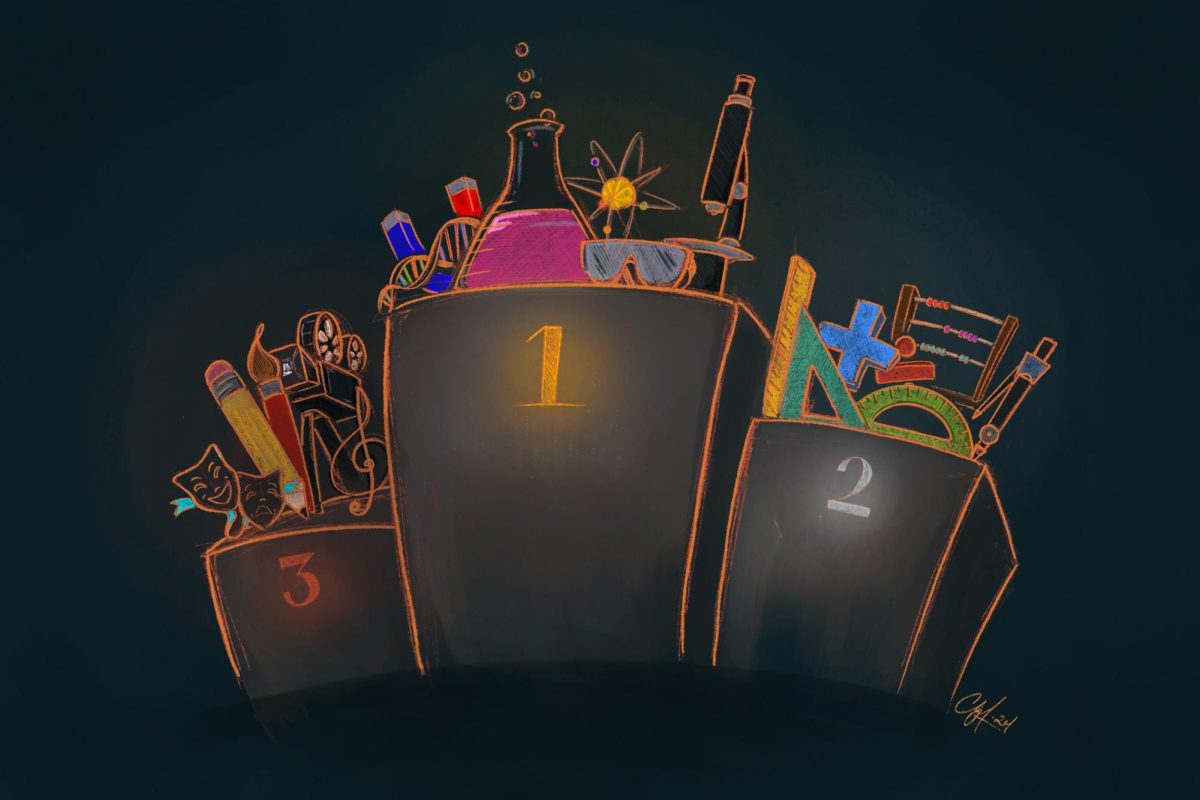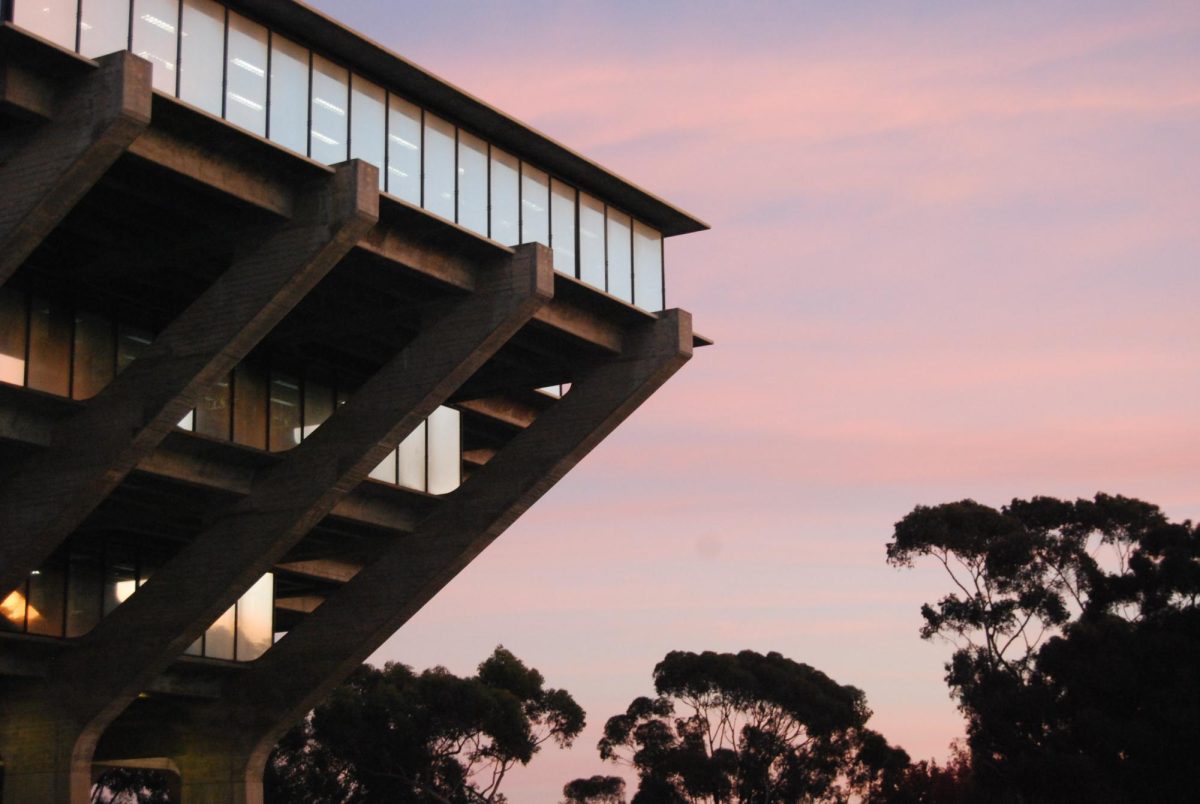After the approval of last year’s undergraduate athletics
fee referendum, the UCSD Athletics Department is now utilizing its $3-million
boost to increase team budgets, raise coaches’ salaries and provide new
student-athlete scholarships, furthering its rags-to-riches quest to make the
school a competitive member of Division II collegiate sports.
Last year, 56 percent of the more than 9,000 students
participating in the special election voted to alleviate the department’s
$300,000 debt by increasing the student-paid grant-in-aid fee to $329 a year.
The highly contentious special election culminated in 4,991 students voting for
and 3,948 students voting against the referendum, despite the A.S. special
elections committee prohibiting campaigning right before the vote by referendum
supporters, after it found them guilty of violating election bylaws regarding
campaign zones and use of council materials. The increased athletics fee
provides roughly $3.6 million to the department, a budget that is now being
strategically allocated to UCSD’s 23 intercollegiate teams.
The referendum initially outlined the department’s goals if
the fee was approved, citing the major renovations that the possible budget would
facilitate as an argument for its passage.
However, the department maintains full control of where the
money goes and how it is spent.
“We’ve been moving cautiously this year, as there are a lot
of parts to the program that need attention,” Senior Associate Director of
Athletics Ken Grosse said. “The election proved successful in opening up a
dialogue with the students to find problems. Now we can correct those problems
and create the best program possible.”
The department has increased the operating budget of each of
the 23 teams to assist with travel expenditures, purchasing new equipment and
uniforms, and secondary health insurance — costs that students and their
parents used to pay — that the program had previously compromised due to budget
deficiencies. Each team is permitted to use its budget at its own discretion,
and some teams may have additional costs, Grosse said.
The department has also hired another full-time athletic
trainer in addition to the two already staffed, allowing for full accommodations
for the more than 600 student-athletes to train safely with staff supervision.
Moreover, staff salaries have been increased, with the
earnings of the 20 head coaches raised by 20 percent and the wages of the
assistant coaches also augmented to cover the high cost of living in San Diego.
“Our coaches were very underpaid before this year,” Grosse
said. “We basically paid our full-time coaches part-time wages. We were at the
bottom of the scale in our conference in terms of salary.”
This year’s fiscal budget will also be utilized to pay the
$800,000 loan used to complete Canyonview Pool. By addressing these costs this
year, the department hopes to free up the budget for long-term planning
improvements to other areas of the program, including publicity and marketing
to get students interested in attending games, conferences and tournaments,
Grosse said.
Although many athletic facilities, including the baseball
field, are in need of renovation, Grosse said that the department will rely
primarily on fundraising and donations to cover the costs, as most of the
department’s new budget is focused on the student-athletes and their growth.
“It was tough to maintain morale with no funds for travel,
equipment and other expenses,” he said. “We just couldn’t afford to do the
things other teams could, but now our athletes know that the school supports
them and it’s shown in their performance.”
The athletics program has also budgeted $250,000 for
student-athlete scholarships, mandatory for a NCAA D-II status, which were not
previously funded.
This year, each athlete will receive a $500 scholarship, and
although the NCAA requires only a 2.0 minimum GPA to be on a team, the
Athletics Department and the Student Affairs Office have coordinated a new
grant-in-aids stipulation that requires students to maintain a 2.5 GPA during
their first year, 2.6 after their second
year and a 2.7 after their third year at UCSD.
This new requirement corresponds with the academic tradition
of UCSD athletes, according to Stephanie Chang, A.S. associate vice president
of athletic relations and member of the women’s crew team.
“As one of the most rigorous academic institutions in the
United States, more than 60 percent of the more than 600 student-athletes carry
cumulative GPAs of 3.0 or above and the average GPA of that group is routinely
higher than the average of the student body at-large,” Chang said in an e-mail.
“The athletic department has always prided itself in its student-athletes.”
Grosse said the athletics department will pursue the
implementation of various fiscal changes as it gauges where the money is needed
most. But, it hopes that students will continue to support athletes as the year
progresses.
Triton Tide Director Dave Payne said the student support of
athletics has already begun to show.
Attendance at many sporting events, including water polo and
basketball, has gone up, and students are more engaged in the games and status
of their favorite teams.
“Sports are important because they give students something
to rally behind, something to believe in, something to get really excited
about,” Payne said in an e-mail. “It gives them bragging rights and makes
things a lot more fun. Yes, we have awesome academics, but who goes home and
brags about rankings to their friends? There is more to what you get from
college than your education.”







